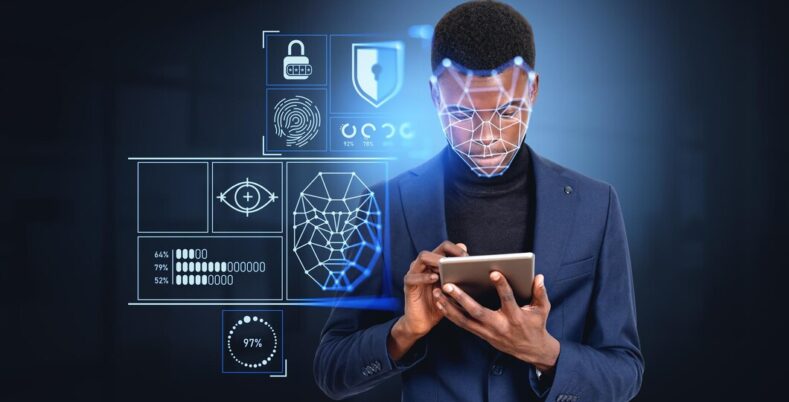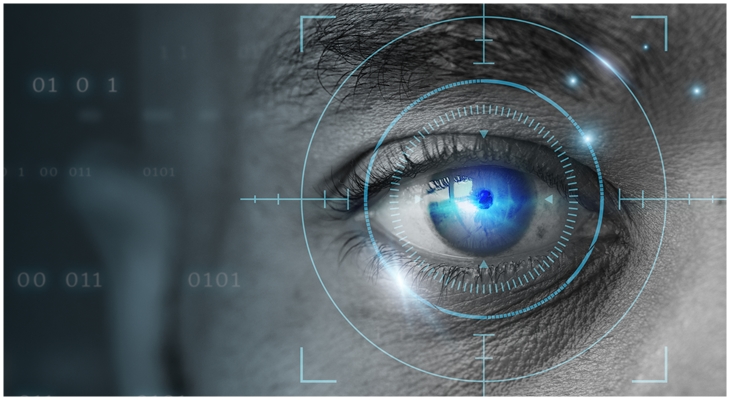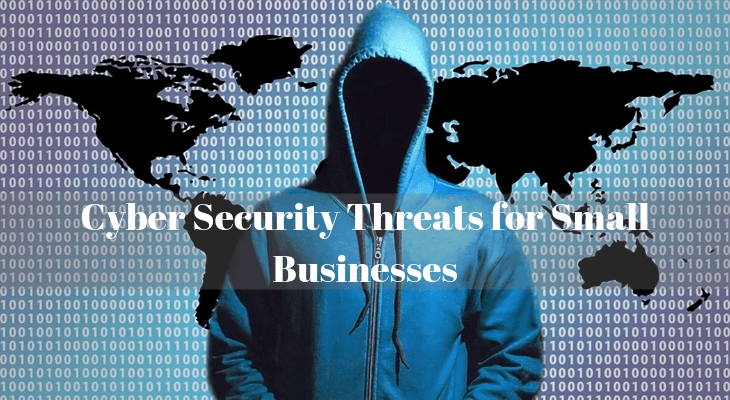Anything that hurts individual sentiments of the public can be ethically wrong. Deepfake creation, in this regard, can manipulate, mislead, and provoke people by stealing their identity, causing financial fraud, and damaging their reputation. Considering its negative impact, several organizations and governments of various nations have undertaken preventive measures to limit its circulation.
With each passing day, the statistics of deepfake generation and distribution are enhancing. In the USA, the numbers have increased by 2.6% in 2023, which was just 0.2% in the previous year. Canada has also encountered a remarkable rise in deepfake creation in 2023 with 4.3% higher from 0.1%.
Nevertheless, experts contemplate deepfakes as a double-edged sword with threats as well as benefits. They state that if synthetic media is created with positive intent, it will cause no harm and can be advantageous in many sectors, such as education and marketing.
Let us understand the ethical guidelines for deepfake creation alongside describing how people can implement this technology positively.
Ethical Guidelines for Deepfake Creation:
Synthetic media or deepfake creation is a major ethical and legal concern in the contemporary era. It is a great threat to people’s privacy on digital platforms. Criminals allegedly use pictures, videos, and voices of individuals to manipulate them while creating their new but fake selves. Due to a lack of understanding, viewers end up believing the morphed media files.
However, the earlier practices of deepfake didn’t include harmful content to such an extent. People utilized deepfake mechanisms for entertainment purposes only, creating animations with comedy elements. But the implementation entirely changed when people started creating abusive and adult content using deepfake technology. Below are a few guidelines for deepfake creation to restrict its misuse:
Respect people’s privacy: Deepfake creators target anyone irrespective of their social status. Therefore, they can steal anyone’s identity, violating their privacy. Respecting one’s privacy shall allow not using their personal data illegally.
Take consent: It is evident that criminals do not inform before committing a crime. However, deepfake creation must follow a consent-taking procedure to abolish its ethical and legal issues. Additionally, the consent shall simplify to what extent creators should add deepfake elements.
Financial motives are the worst: While aiming for positive implications of deepfake technology, people need to get rid of fulfilling their financial motives. Scamming people is one of the worst practices of deepfakes.
Defamation: While creating synthetic media or deepfakes, one must keep in mind that their generated image or video should not intend to defame or disrespect any individual.
How Ethical Guidelines for Deepfake Creation Bring Out Its Positives:
Ethical guidelines for deepfake creation will promote its favorable and advantageous implementation. Such practices will demolish the ethical concerns of synthetic media and rectify the image of technology to simplify complex tasks. Following are a few sectors where deepfakes can be beneficial:
Education:
The AI-powered deepfake technology can be surprisingly helpful in the educational sector. Teachers or academic institutions can leverage this mechanism to make the complex class syllabus easier for students. Every lesson, especially history, can be structured live in front of the learners.
Entertainment:
Deepfake can be useful in the entertainment and film industry. Animation is a prominent movie genre in the contemporary period. Deepfake in such films can create characters, artificial scenarios, and more. This will further save time while producing a movie.
Marketing:
Synthetic characters or avatars are quite popular in the marketing sector. Deepfake technology can be further utilized in this domain to enhance audience engagement with personalized character demonstration. Mostly, marketers use metaverse or virtual scenarios to depict deepfakes for marketing purposes.
Concluding remarks:
Deepfakes reflect the strength of technological advancement that can be fruitful as well as devastating. Currently, using such mechanisms can trigger cybersecurity and ethical risks. Nevertheless, if we utilize it appropriately following the guidelines for deepfake creation, AI-powered technology can be highly beneficial for individuals and bigger organizations. While creating deepfakes, the intentions should not be harmful or threatening for people. Check out our blogs for enhanced knowledge of several marketing trends.
Also Read:
Knowing Top 5 Deepfake Software for Ultimate Face-Swapping Experience






